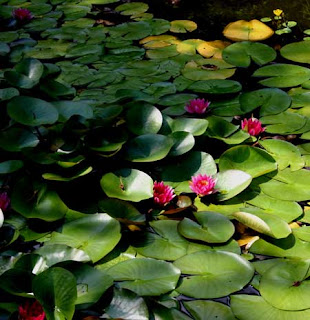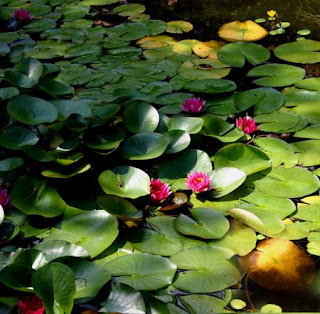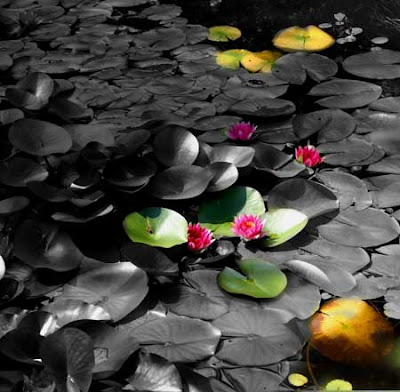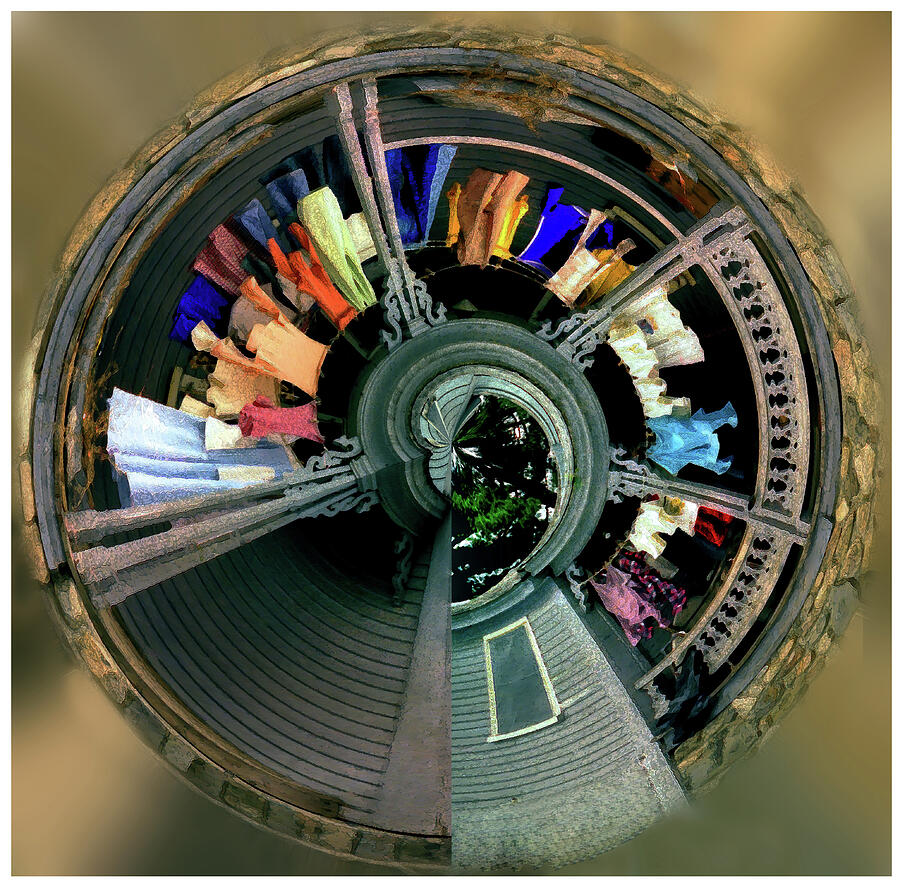
Composition and balance are always an important aspect to the creation of a good image. How those things blend with other aspects of the image become more important when the composition of the original image is good but some other aspect of the image falls short.



That is the case in the images used in this example.
The image to the right, entitled "Bungay Jar Lilies" has a reasonably good composition but the way in which the sunlight washes out the image to the right just didn't work for me (though I did like the richness of the area at the lower right corner).

By cropping the image and going from a more horizontal image to a nearly square image we can eliminate the washed out section to the right leaving us with the image right.
To my eye, this image has more appeal. However, we did lose the rich yellows and browns that we found on the lower right hand corner of the first image.
If you are a purist when it comes to photography, you'll have to live with that, simply because a purist captures an image and believes that any manipulation beyond cropping and maybe dodging or burning is unacceptable.
I, on the other hand, am not a purist. In fact the more I can manipulate an image to achieve my ends, the better I like it. Not just because I usually like the resulting image better, but because I think it goes further down the road to acceptability as a form of art. This raises the never ending debate about photography as art which is the tar baby that never really goes away and probably never will.
After all, anyone can pick up a camera and snap a picture. As long as this is the case, photography will struggle for its place among the arts because a group of people will delude themselves into believing that "I could take a picture as good as that."
Taking this image the next step involves somehow integrating the "lost" yellow lilies and dark brown water. I achieve this by using a cloning filter, in my case in Photoshop. This can be done in several ways. My choice of approaches was to return to the original image and to clone the lower right hand section, essentially moving it over so that it will fall within the zone of the image that I will create when I crop the original. Some care needs to be taken to make sure that the cloned area blends with the original area. Surprisingly, this was not difficult in this case.
The result looks like this:

Now, most folks would be satisfied at this point to call the image completed. In fact, I do offer this image for sale as a signed original piece. However, imagine yourself an uneducated viewer with a camera of your own. You will look at this image and not see that a good deal of work has gone into the creation of the image, after all from the viewers perspective your work is simply a snapshot of an actual scene. They have no way of knowing that four or five different images preceded this as you developed the image.
That is less of an issue for my final "Mindscape" image titled "Light play on Water Lilies". Here I take our final image above and put it through two additional steps. First de-saturating it to bring it down to its most basic form, a black and white image. Then, using the history brush in Photoshop, I return the color only to a few strategic places within the image.
The final image looks like this:

Some folks will not like this final image, preferring instead the more traditional photo. That's why we have vanilla ice cream and mocha chocolate mint coconut too!



No comments:
Post a Comment